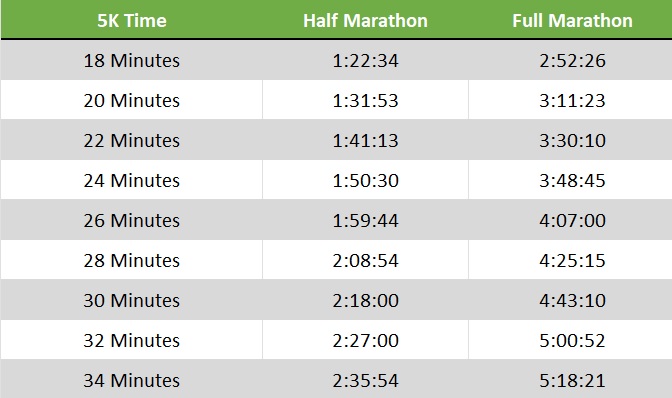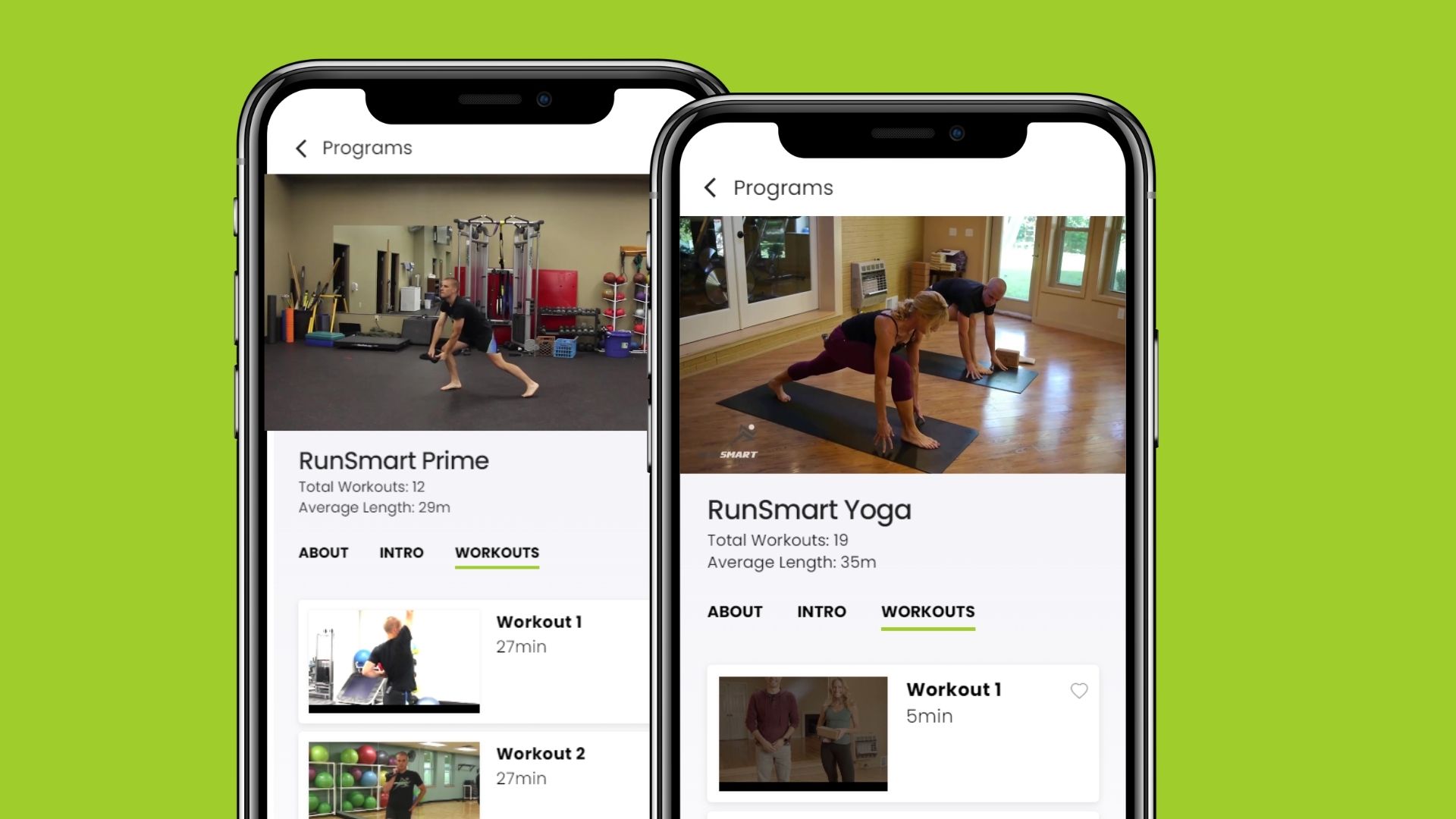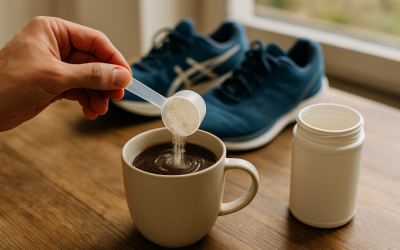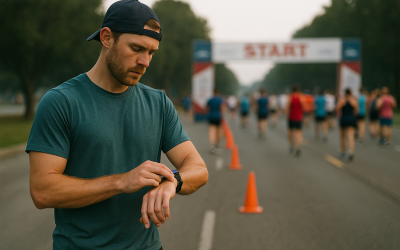You’re getting ready for race day. You laid out your training plan and have a goal in mind, but how do you know if it’s realistic?
Many runners wonder – can I actually hit my time? Others wonder if they are short-changing their goals.
In this blog post, I’ll share my top tips as a Physical Therapist and running coach on how you can check your fitness and make adjustments before race day.
One of the best ways to test your fitness is participating in 5K and 10K races. Once complete, you can extrapolate your time (using some time modifications) to determine how realistic your goals are.
The Importance of Testing Your Fitness
First, let’s address why it’s essential to test your fitness. Knowing where you stand can help you set realistic goals, monitor progress, and avoid injury. In fact, studies show that runners who regularly assess their fitness levels are less likely to experience overtraining or injuries (Jones et al., 2017). By participating in 5K and 10K races during your training, you’ll better understand your current capabilities, allowing you to make informed decisions about your training plan.
Quick note: you should not test your fitness every week. Add B and C races to your routine (your goal race being the A race). C races are roughly 10-12 weeks out, while B races are 4-6.
Using 5K and 10K Races to Test Your Fitness
Why 5K and 10K races, you ask? These distances are perfect for gauging your fitness because they are long enough to give you valuable insights yet short enough not to derail your training schedule. Here’s how to use them effectively:
- Choose the right race: Select a race that fits well within your training plan and allows for enough recovery time before and after. If you can find a similar race in terrain, all the better.
- Treat it as a test, not a goal: Remember, your primary objective is to assess your fitness, not to set a personal record & destroy your legs. Approach these races with a mindset focused on evaluating your current state rather than winning.
- Analyze your results: Extrapolating your time can reveal if your goal is realistic.
Here’s a chart to help you gauge times from a 5K race:

Adjusting Your Training Based on Race Results
Once you’ve gathered data from your 5K and 10K races, you can adjust your training plan.
Here are some tips to help you optimize your plan based on your race performance:
- Reassess your race day goals: If your 5K or 10K results were significantly better or worse than expected, adjust your target finishing time accordingly. Your key paces, like base, easy, and tempo pace, may adjust faster or slower based on your performance.
- Identify areas for improvement: Use your race results to pinpoint areas where you can improve, such as endurance, pacing, or hill work. Then, modify your training plan to focus on these areas.
- Listen to your body: If you experienced pain or discomfort during the race, consult a physical therapist to address any underlying issues. Addressing these concerns is crucial to prevent them from becoming more significant problems on race day.
In conclusion, participating in 5K and 10K races is an excellent way to test your running fitness and ensure that you’re on track to achieve your race day goals. By analyzing your performance and adjusting your training plan, you’ll be better prepared for your goal race and more likely to have a successful and enjoyable experience.




